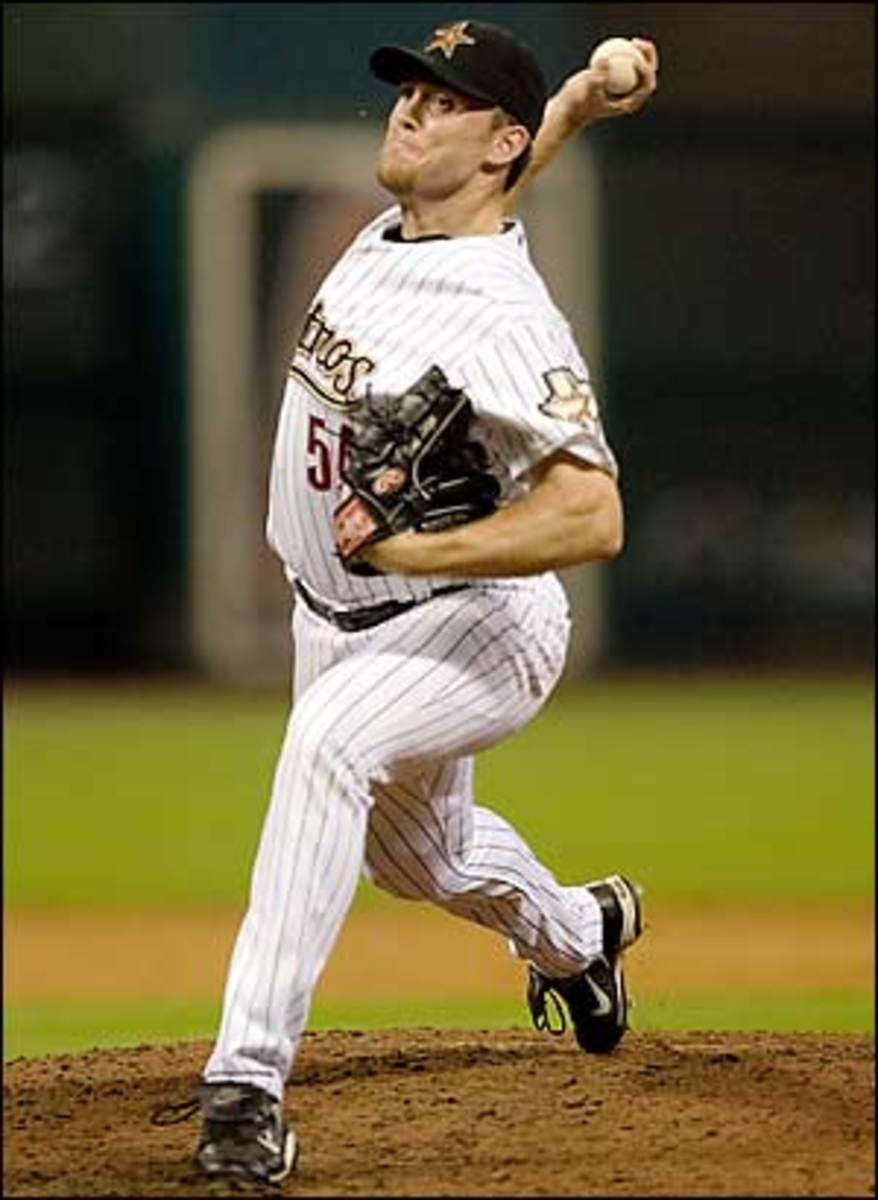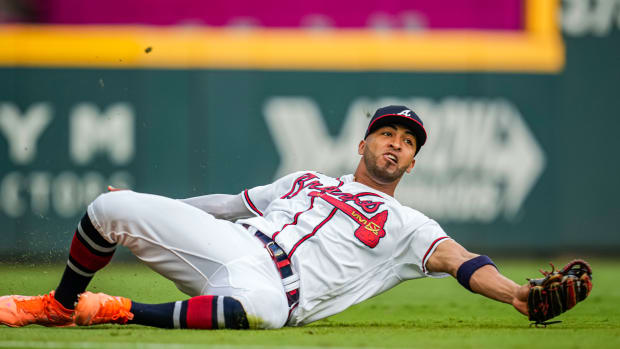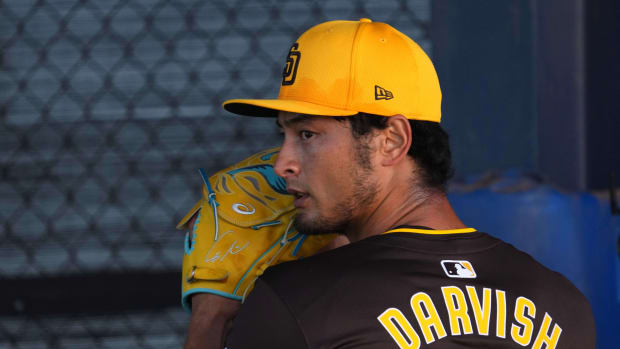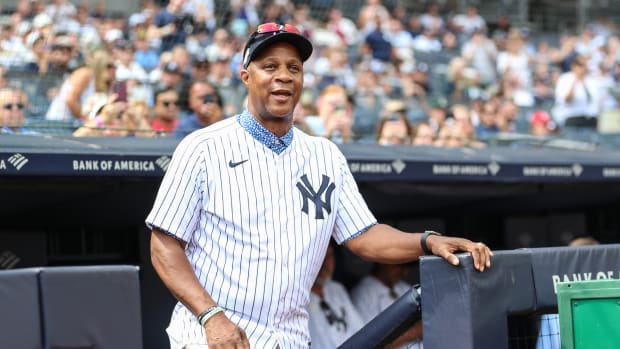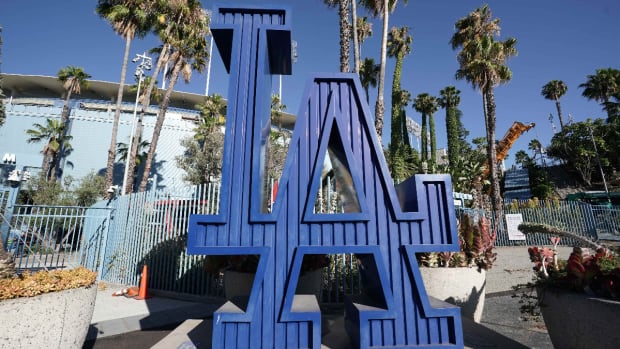Right guy, wrong price
Although one should maintain a healthy dose of skepticism about what Ed Wade's tenure will mean for the Astros, the former Philly GM has gotten the better of the current one in Wednesday's Brad Lidge trade.
The problem is not really with Lidge's performance. Although he was shuffled in and out of the Astros' closer role by a trigger-happy Phil Garner, panicking his fantasy baseball owners in the process, he came away with a 3.15 QERA (which estimates what a pitcher's ERA should be, based solely on his strikeout rate, walk rate and GB/FB ratio) and 11.8 strikeouts per nine innings. That should qualify him as one of the 30 best relievers in baseball for 2008, and quite possibly in the upper half of that group. In other words, while Lidge has undoubtedly deteriorated some from his '04-05 peak, that's still a closer-worthy performance.
But Lidge will also become a free agent 11 months from now, with this year's salary to be determined by the arbitration process. Lidge made $5.35 million last year; since salaries tend to ramp up with each year of arbitration, he can probably expect something more like $6 million this year.
What would it cost to acquire a comparable talent -- say Francisco Cordero -- in the free-agent market? There weren't any elite closers available last winter, although among the pin-the-tail-on-the-donkey group of pitchers with some recent closer experience, Eric Gagne made $6 million, Octavio Dotel and Keith Foulke made $5 million, and Joe Borowski made $4.25 million. Cordero will be seeking -- and will probably get -- something closer to B.J. Ryan money, which should mean about $10 million per season over anywhere from three to five years. So the Phillies are probably getting a $4 million savings for 2008. Lidge is also solidly in the range of Type A free agents, so the Astros would also get a couple of draft picks if and when he leaves.
Is that worth giving up two good prospects in the form of Michael Bourn and Mike Costanzo? No, and it isn't close. Costanzo is not a Grade-A prospect, but he had a very solid year in Reading, where his 27 home runs placed him second in the Eastern League. That translates to a .263 EqA in our hot-off-the-presses Davenport Translations, indicating that he could be a major league average third baseman right about now, probably along the lines of a Steve Buechele type of player, which would be very encouraging for a 24-year-old.
Bourn, meanwhile, has less upside but more locked-in value, and by all signs is poised for a 3-5 year run as a league-average center fielder. Projected by PECOTA for a .271/.346/.401 performance prior to the start of the season, he spent the entire year on the Phillies bench, essentially matching his projection with a .277/.353/.378 batting line over 119 at-bats. Although those batting numbers are superficially unimpressive, consider that the average National League center fielder posted a .273/.336/.426 batting line last year, which is highly comparable in value to Bourn's. Bourn also accumulated 18 stolen bases in 19 attempts, a remarkable record for a player that was usually coming in cold as a pinch-runner in obvious stealing situations. Essentially, he's the player that Juan Pierre is supposed to be.
Bourn has five more full seasons until he hits free agency, and Costanzo has six. All together, that's 11 seasons of below-market performance that the Phillies traded away ... in exchange for one season of below-market performance from Lidge.
Yes, Lidge is a good fit for the Phillies, and he'll make them better in 2008. But the price was not right.






























